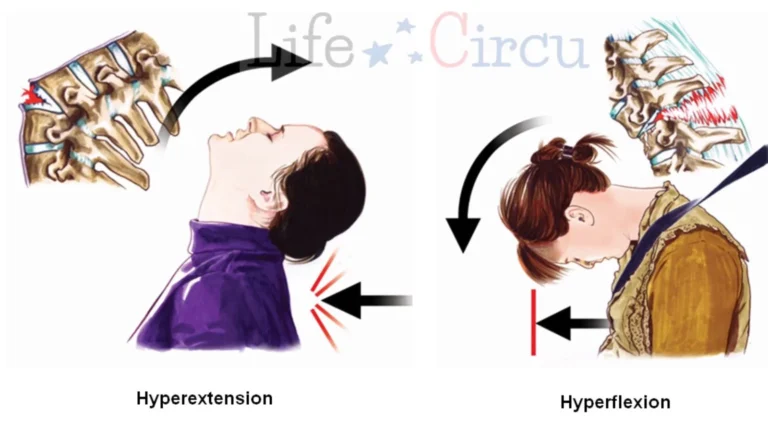Understanding Societal Pressures: Psychology, Impacts & Modern Realities

In my life, I’ve often noticed how societal pressure shapes the small choices we make every day—what to wear, how to behave, or even how to express our feelings. These pressures come from social pressure, norms, andexpectations, and they quietly influence our behaviours in ways we don’t always realise. When a group expects you to act in a certain way, it becomes easier to obey those unspoken rules rather than resist them. Over time, this type of conformity can cause a blurring of the boundaries between our true desires and societal expectations.
I’ve also learnt that uniformity isn’t always intentional; sometimes we follow the crowd without thinking because those standards, beliefs, and cultural norms feel natural. But the hidden cost is the slow suppression of individual differences. Understanding how these forces worked helped me recognise when I was acting under pressure rather than making a genuine choice.
The Psychology Behind Social Pressure
When I first studied psychology, I was surprised by how deeply human psychology responds to group influence. Feelings like fear of rejection, stress, anxiety, and emotional discomfort often push us to fit in. Many people don’t realize that internal conflict starts when our own values clash with what society expects. This conflict has an effect on our mental and emotional health, as well as how we see ourselves.
Classic studies, such as the Solomon Asch line experiment and Gregory Berns’ research utilizing MRI imaging, demonstrate that pressure can alter our perception of reality. I’ve seen this in real life too—sometimes people choose what is socially accepted instead of what they believe because going against the group feels risky. Developing the courage of convictions is not easy, but it is the first step toward understanding our inner self and strengthening our personal self.
Sources of Pressure Through Life Stages
Childhood & Adolescence
Growing up, I felt how strong peer pressure can be during childhood and teen years. Young people often face teasing, negative comments, and even marginalization, which makes them try harder to fit in. These pressures shape early identities, push children to adapt their behaviors, and sometimes cause emotional struggles that carry into adulthood.
For adolescent girls, issues like body image, school breakdowns, and social comparison can be overwhelming. Many kids hide their real personalities just to avoid standing out. Those early experiences taught me how powerful societal expectations can be before we’re even aware of them.
Young Adults
During my early career years, I learnt that young adults often feel pressured to choose the “right” career path or build relationships that fit social expectations. Many struggle to balance self-expression, individuality, and personal dreams. I faced moments where I followed the crowd instead of my real ambitions because it felt safer.
But over time, I realized that developing a strong identity and self-awareness is essential. Young adulthood is the phase where we break old patterns and decide whether we want to live by our own rules or continue following what others expect.
Adulthood
In adulthood, the pressure shifts toward achieving career success, maintaining family life, and building social status. I’ve seen many adults hide their stress because society expects maturity and control. Balancing leadership, effective communication, and social cooperation can feel like a full-time responsibility.
These pressures often come silently—from workplaces, families, and communities—and most people only realise their emotional load when they start burning out. Recognizing this helped me slow down and define my life based on what I value rather than what looks impressive.
Aging Populations
When I speak with older adults, they often share how stereotypes about aging make them feel invisible. Ageism, diminished sense of purpose, and worries about being less valued are common. Social expectations around independence, declining birth rates, and rising life expectancy add layers of pressure unique to this stage.
Many ageing individuals simply want acknowledgement, not judgement. Understanding the emotional and social needs of the elderly has helped me approach ageing relatives with more empathy and patience.
Digital & Social Media Pressures
I’ve seen how social media platforms create unrealistic ideas about personal success, happiness, and idealized lives. People start comparing themselves to picture-perfect lives, leading to inadequacy, distorted reality, and pressure to meet unrealistic benchmarks. Even I have felt the silent push to appear “perfect.”
These platforms amplify media, artificial beauty, and cultural ideals, especially around appearance. Over time, such pressure affects self-esteem and personal confidence, making it harder to appreciate real-life moments.
Cultural, Social & Structural Pressures
Cultural Expectations & Traditions
Many pressures come from beliefs, customs, duties, and broadercultural backgrounds. I’ve felt this personally—sometimes traditions guide us, sometimes they restrict us. Mass culture, moral entities, and symbols can influence how we behave even when we disagree with them.
Families, communities, and social groups
In many families, high expectations from parents, lack of emotional support, or rigid community standards create pressure that shapes our identity. Growing up in a close-knit environment, I saw how solidarity groups, neighborhoods, and social needs influenced choices more than we realized.
Class, Status & Social Systems
Society also pushes through social class, class differences, education, and status. Issues like discrimination, economic discrimination, servitude, and social injustice add layers of pressure, especially for those trying to climb the social ladder. Understanding these systems helped me approach others with more compassion.
Standards of beauty and body image
The pressure to meet physical standards and pursue an ideal body type is one of the strongest forms of societal pressure today. For many, especially women, the push toward feminine beauty, a lean figure, or even a 70 percent waist ratio creates deep stress.
These unrealistic ideals can lead to anorexia, bulimia, body dysmorphic disorder, and extreme diets. I’ve seen friends struggle with these issues, and it showed me how dangerous these standards can be when people feel they must change themselves to be accepted.
Mental Health Impacts of Societal Pressure
Over time, continuous pressure affects mental health, leading to chronic stress, depression, feelings of failure, andsociopsychological distress. Many also experience risingsuicide rates, emotional loss, and different mental ailments. When you try too hard to meet everyone’s expectations, you can get emotionally drained.
Even simple pressures that seem harmless can turn into heavy emotional loads, especially if you don’t have the right support or coping tools. Understanding this helped me prioritize my emotional well-being.
Negative Social Outcomes from Extreme Pressure
Extreme pressure doesn’t only affect individuals—it affects entire societies. Issues like lack of tolerance, social discrimination, drug abuse, crime, instigated hatred, war, destruction, murders, suicides, and financial loss reflect how social expectations shape large-scale behavior. Historically, even world wars were tied to societal and ideological pressures.
Realizing this made me understand how deeply connected our personal choices are to the world around us. Pressure is not just personal—it becomes social when millions feel the same way.
How Societal Pressure Shapes Identity & Behavior
Societal pressure affects how we build identity construction, express self-identity, and develop self-awareness. It shapes how we choose our behavior and how we speak, dress, or even love. I’ve often noticed how people hide their genuine desires out of fear of judgement.
Over time, these expectations influence confidence, independence, and the development of abilities. This is why many people struggle to understand who they truly are beneath layers of expectations.
Coping Mechanisms & Healthy Responses
I’ve found that practices like self-reflection, mindfulness, and building a strong sense of self help reduce pressure. Support from friends, family, and mental health professionals also plays a big role. When I started prioritizing mental clarity, I felt more grounded and less controlled by expectations.
Tools like psychotherapy, customized strategies, and a personal action plan help individuals protect their peace. Learning to balance societal expectations with personal authenticity is the key to a healthier life.
Solutions on a Community & Policy Level
Communities can reduce harmful pressure through better public policies, more inclusivity, and acceptance of diversity of experiences. As cultural norms evolve, the recognition of human capabilities and different moral needs becomes essential.
Positive change happens when society supports emotional well-being, fair treatment, and equal opportunities. This shift helps people live with dignity without feeling forced to prove their worth.






